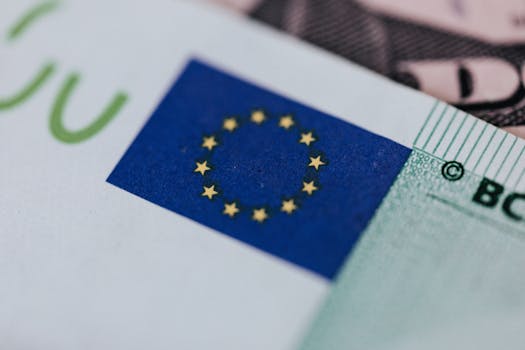Companies with the best and the worst fundamentals.
Lists of companies in NSE500 with the best and the worst fundamentals...
Lists of companies in NSE500 with the best and the worst fundamentals...
List of the latest important filings for NSE500....
Lists of companies in NSE500 with the best and the worst technicals...

An analysis of the pivotal factors that propelled the NIFTY 50 index...

The article discusses how AI technologies are leveraging digital footprints to provide...

An analysis of why European banks continue to report strong profits despite...

The upcoming Trump–Putin summit set for August 15, 2025, in Anchorage, Alaska, arrives at a critical juncture in global politics and economics. As the world grapples with escalating tensions between major powers, questions arise regarding the potential outcomes of this high-stakes meeting. Will it pave the way for improved geopolitical relations and stability, or will it trigger market anxiety that could influence commodity prices, particularly gold?
Historically, summits between U.S. and Russian leaders have yielded a mixed bag of results. With both Donald Trump and Vladimir Putin navigating complex domestic and international pressures—Trump facing mounting criticism over economic policies and Putin dealing with dissent regarding Russia’s ongoing military engagements—the stakes are particularly high for both leaders. The agenda reportedly includes discussions on nuclear disarmament, cybersecurity, trade relations, and regional conflicts, particularly in Eastern Europe and the Middle East.
As the date approaches, market sentiment is growing increasingly unpredictable. Despite a relatively stable economy in the U.S., with GDP growth projected at 2.5% for Q3 2025 and unemployment rates remaining low at 4%, investor confidence in the stock market is wavering. Recent geopolitical events, including tensions in Taiwan and ongoing conflicts in Ukraine, have created an atmosphere of uncertainty, leading many investors to reconsider their positions.
Gold has long been viewed as a safe-haven asset during times of geopolitical strife. On August 12, 2025, gold prices were hovering around $1,950 per ounce—a significant increase compared to $1,800 per ounce just a year ago. Analysts attribute this rise to a combination of inflation concerns, interest rate volatility, and a strong demand for traditional stores of value amid market uncertainty.
The outcome of the Trump–Putin summit is likely to provoke immediate reactions in gold markets. If the meeting fosters a semblance of cooperation and eases tensions, investors may shift their focus back to riskier assets, consequently causing gold prices to drop. In contrast, a continuation of hostilities or failure to reach a consensus could propel gold above the $2,000 per ounce mark, akin to the surges observed during previous geopolitical crises.
Market analysts are split on how the summit may influence gold prices. Strategic analyst Paul Miller from the Global Precious Metals Research Team at ARK Capital remarked, "If either leader walks away feeling cornered, it could lead to increased military posturing, driving investors toward gold as a safeguard against potential conflict. Conversely, a positive outcome could trigger a swift sell-off in gold markets as investors flock to equities and commodities with higher growth potential."
The repercussions of this summit extend beyond precious metals. Commodities markets, particularly oil, could see heightened volatility depending on the summit's discussions regarding energy policies. Oil prices were trading at $85 per barrel on August 12, 2025, driven by supply chain disruptions and heightened demand. A positive dialogue between Trump and Putin on energy cooperation could stabilize oil markets; however, any hint of renewed sanctions or military threats could spark a price spike.
For investors, assessing geopolitical risk has become increasingly vital. Financial models must now incorporate potential outcomes of key international meetings, such as the Trump–Putin summit, into their strategic planning. Investment firms are ramping up their geopolitical risk assessments, utilizing satellite imagery, analysis of military movements, and economic indicators to provide a more comprehensive view for their clients.
As gold continues its rally, many investors are contemplating their strategies. While some may choose to hedge against potential downturns in equity markets through gold purchases, others are exploring diversification into other commodities or assets. Financial advisors argue that a balanced approach—consisting of equities, bonds, and precious metals—can mitigate risk while providing growth opportunities in varying market conditions.
The Trump–Putin summit in Alaska will undoubtedly serve as a pivotal moment in the geopolitical landscape if it can successfully bridge gaps between the U.S. and Russia. However, should the meeting raise tensions rather than quell them, markets—including gold—will likely respond with volatility reflective of investor anxiety. The coming days leading to August 15, 2025, will be crucial for both geopolitical relations and market sentiment, especially as investors prepare for possible outcomes that could reshape the economic landscape significantly.

Analysts are raising red flags about the $1.7 trillion private credit market,...

An analysis of the professions that are expected to remain resilient in...